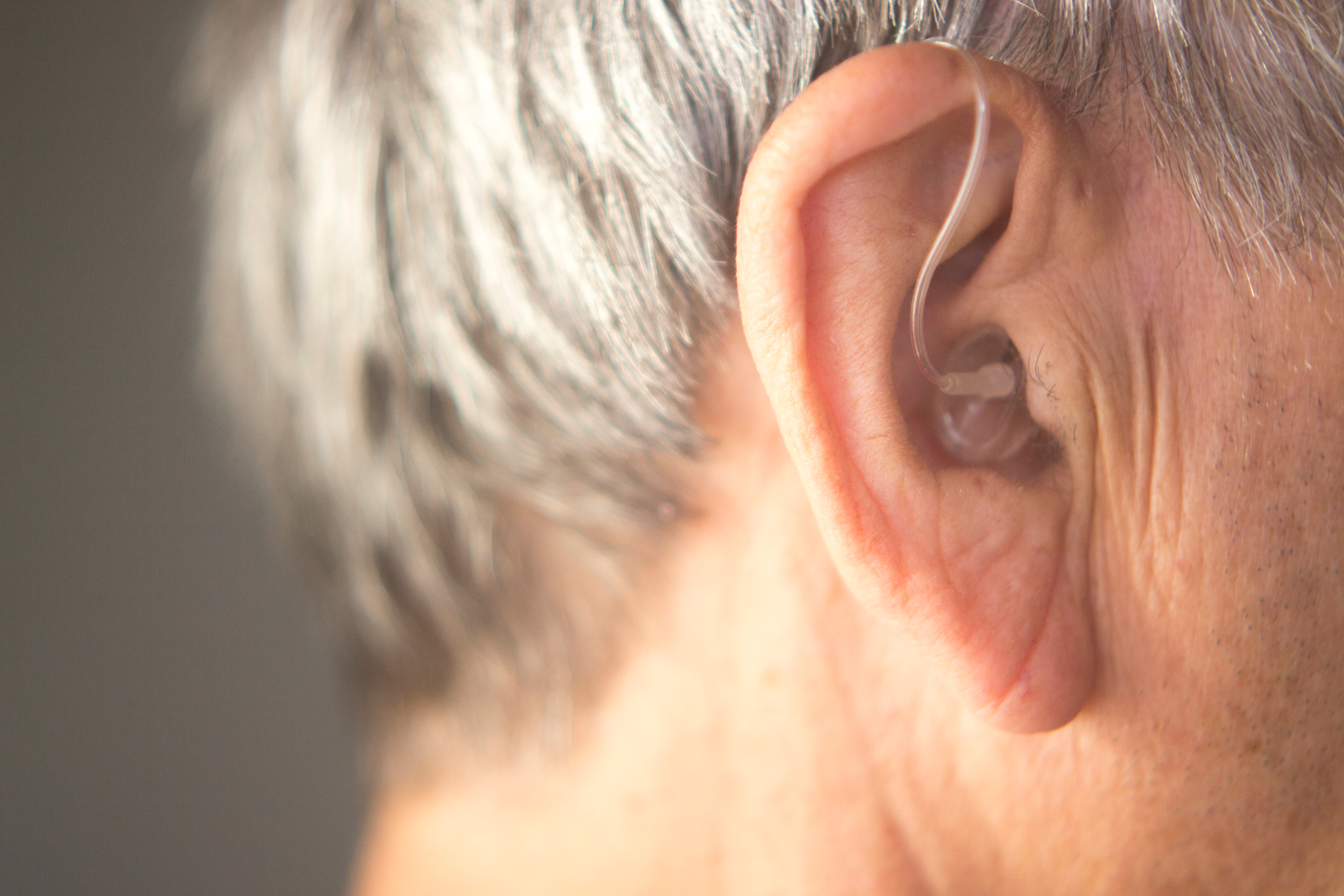Hearing Aids for Seniors: What They Are, How They Work, and What to Consider
Hearing loss affects millions of seniors worldwide, making everyday conversations and activities more challenging. Hearing aids serve as valuable tools that can significantly improve quality of life by amplifying sounds and enhancing communication abilities. Understanding how these devices function, their various types, and important considerations before purchasing can help seniors make informed decisions about their hearing health. Modern hearing aids offer advanced features and customization options that weren't available in previous generations, making them more effective and user-friendly than ever before.

What Are Hearing Aids and How Do They Work?
Hearing aids are small electronic devices designed to amplify sound for individuals with hearing loss. These sophisticated instruments contain three essential components: a microphone that picks up environmental sounds, an amplifier that increases the volume of these sounds, and a speaker that delivers the enhanced audio directly into the ear canal.
Modern hearing aids use digital technology to process sound waves, converting them into digital signals that can be precisely adjusted for different frequencies and sound environments. This digital processing allows the device to distinguish between speech and background noise, automatically adjusting amplification levels to provide clearer communication. Many contemporary models also include wireless connectivity, allowing users to stream audio directly from smartphones, televisions, and other electronic devices.
The internal computer chip analyzes incoming sounds thousands of times per second, making real-time adjustments based on the user’s specific hearing loss pattern and environmental conditions. This sophisticated processing helps ensure that important sounds are amplified while reducing unwanted noise interference.
The Difference Between Hearing Aids and Hearing Buds
While hearing aids and hearing buds may appear similar, they serve different purposes and offer varying levels of functionality. Hearing aids are medical devices specifically designed and programmed to address diagnosed hearing loss. They require professional fitting, adjustment, and ongoing maintenance by licensed audiologists or hearing specialists.
Hearing buds, also known as personal sound amplification products (PSAPs), are consumer electronics that amplify all sounds equally without customization for specific hearing loss patterns. These devices are available over-the-counter and typically cost significantly less than prescription hearing aids. However, they lack the sophisticated sound processing capabilities and professional calibration that hearing aids provide.
The key distinction lies in personalization and medical oversight. Hearing aids are programmed based on comprehensive hearing tests and individual audiograms, ensuring precise amplification for specific frequency ranges where hearing loss occurs. Hearing buds offer general amplification without this customization, making them less effective for addressing specific hearing challenges.
Why Proper Fitting and Adjustment Matter
Professional fitting and adjustment are crucial factors in hearing aid success and user satisfaction. Improperly fitted devices can cause discomfort, feedback whistling, and inadequate sound amplification, leading many users to abandon their hearing aids entirely.
During the fitting process, audiologists take precise measurements of the ear canal and conduct detailed hearing assessments to determine optimal amplification settings. They program the device according to the individual’s specific hearing loss pattern, lifestyle needs, and personal preferences. This customization ensures maximum benefit while minimizing potential side effects.
Regular adjustment appointments allow professionals to fine-tune settings as users adapt to their devices and as hearing needs potentially change over time. Many modern hearing aids can be adjusted remotely through smartphone applications, providing convenient access to professional support without requiring office visits.
What to Consider Before Choosing Hearing Aids
Several important factors should influence hearing aid selection decisions. Lifestyle requirements play a significant role in determining appropriate features and styles. Active individuals who frequently engage in social activities may benefit from advanced noise reduction capabilities and wireless connectivity features.
Physical considerations include manual dexterity for handling small devices and batteries, as well as ear canal size and shape that determine suitable hearing aid styles. Behind-the-ear models may be more appropriate for individuals with limited finger mobility, while in-the-ear styles offer greater discretion but require more precise handling.
Technology preferences and comfort levels with electronic devices should also guide selection decisions. Some users prefer simple, straightforward operation, while others welcome advanced features like smartphone integration and automatic environmental adjustments. Budget considerations will influence available options, but understanding insurance coverage and financing alternatives can expand possibilities.
Possible Costs and Options
Hearing aid costs vary significantly based on technology level, features, and provider services. Understanding pricing structures helps seniors make informed financial decisions about their hearing health investments.
| Technology Level | Provider Type | Cost Range |
|---|---|---|
| Basic Digital | Costco Hearing Centers | $1,500 - $2,500 per pair |
| Mid-Range | Audiologist Private Practice | $3,000 - $4,500 per pair |
| Premium | Miracle-Ear | $4,000 - $6,000 per pair |
| High-End | Hearing Life | $5,000 - $7,500 per pair |
Insurance coverage varies widely, with Medicare typically not covering hearing aid costs, though Medicare Advantage plans may offer some benefits. Many private insurance plans provide partial coverage or annual allowances toward hearing aid purchases. Veterans may qualify for hearing aids through VA benefits at reduced or no cost.
Prices, rates, or cost estimates mentioned in this article are based on the latest available information but may change over time. Independent research is advised before making financial decisions.
Hearing aids represent a significant investment in quality of life for seniors experiencing hearing loss. Understanding how these devices work, their differences from alternative products, and the importance of professional fitting helps ensure successful outcomes. Careful consideration of individual needs, lifestyle factors, and budget constraints guides appropriate selection decisions. With proper professional support and realistic expectations, hearing aids can dramatically improve communication abilities and overall life satisfaction for seniors dealing with hearing challenges.
This article is for informational purposes only and should not be considered medical advice. Please consult a qualified healthcare professional for personalized guidance and treatment.




